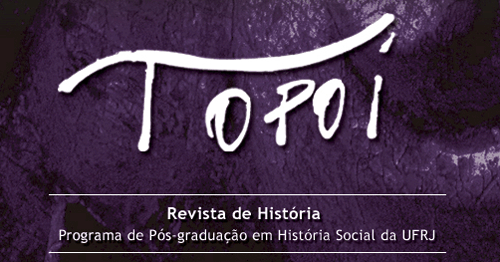ABSTRACT
This paper analyses the debate on North African Jews and seeks to articulate the discussions and critiques with the model of cultural assimilation and ancient Roman historiographical understanding, reproduced by classical and post-classical humanist thought. It claims that focus on regional context reveals ambiguities and uncertainties inherent to the processes of domination and enables a variety of associations for cultural identities formation. After the Phoenician and Roman colonization periods, hypogea and catacombs became equally conventional methods for burial of the dead in specific areas of North Africa. Knowledge on funerary practices and ideas of death rituals allow us to address cultural dynamics in the Roman world and to interpret artefacts within a structure through which individuals relate to each other, acquire their understandings, establish their associations and their differences as well. Roman religion was based in correct practice and execution of rites, orthopraxy, and North African Jews have marked their own tombs in a way that would simultaneously index resemblances with neighbour social groups as well as onomastic or symbolic differences.
Keywords:
North African Jews; Jewish Diaspora; funerary practices





